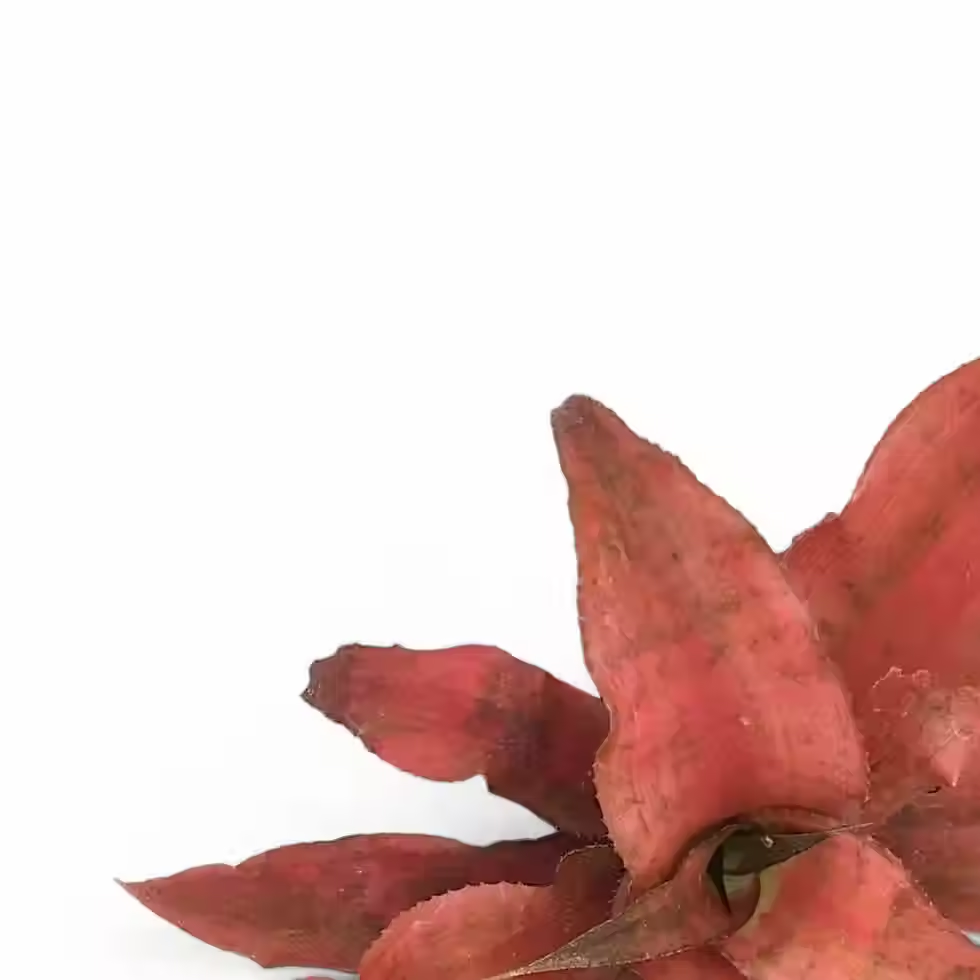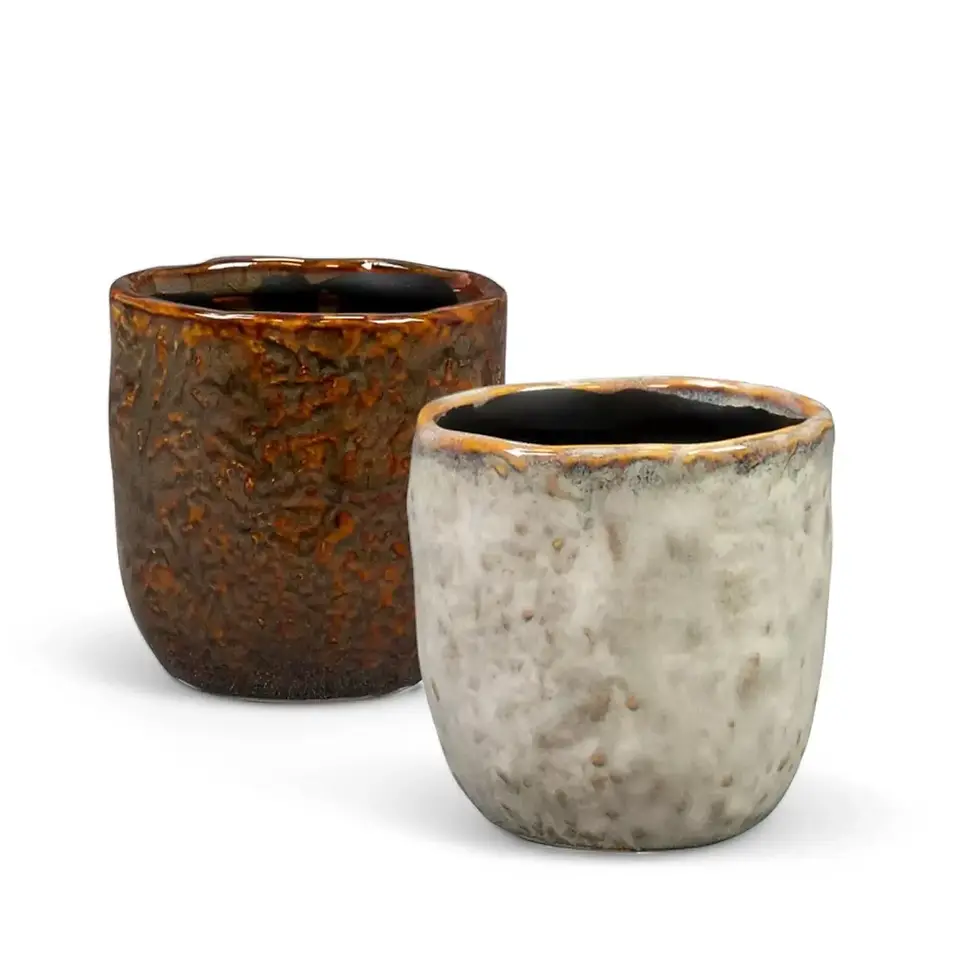Alocasia zebrina - A Unique Botanical Gem
Alocasia zebrina is an extraordinary tropical houseplant that adds a bold, exotic touch to any indoor space. Known for its striking, zebra-striped petioles, this plant captivates with lush, glossy green leaves that create a stunning visual impact. Each leaf has a narrow, arrowhead-like shape with a slightly leathery texture and elongated posterior lobes. Indoors, Alocasia zebrina can reach up to 1.8 meters, bringing the exotic allure of the rainforest straight to your home.
Key Characteristics and Unique Appeal of Alocasia zebrina
- Distinctive Zebra-Striped Stems: The petioles provide a dramatic contrast to the plant’s vibrant green leaves.
- Large, Glossy Leaves: Sagittate leaves grow up to 100 cm long with fine venation.
- Impressive Indoor Size: Can reach up to 1.8 m tall with proper care, making it ideal for statement decor.
- Perfect as a Houseplant: Unique appearance with manageable care requirements.
Habitat and Natural Growth Traits of Alocasia zebrina
- Native Region: Low- to mid-elevation rainforests in Southeast Asia.
- Ideal Temperatures: Thrives in warm, humid environments between 20-30°C.
- Growth Habit: Upright and self-heading, with long petioles supporting broad leaves.
- Growth Rate: Moderate, with occasional dormancy during winter.
- Toxicity: Contains calcium oxalate crystals, toxic to pets and humans if ingested.
- Lifecycle: Evergreen perennial, offering continuous growth year-round.
Comprehensive Care for Alocasia Zebrina
→ Placement
- Place in a well-lit spot with bright, indirect light.
- Avoid direct sunlight to prevent leaf scorch.
→ Light
- Prefers bright, filtered light for healthy growth.
- Low light can lead to leggy stems and smaller leaves.
→ Watering
- Water when the top 2-3 cm of soil is dry.
- Keep soil consistently moist but avoid waterlogging.
- Use filtered or rainwater for best results.
→ Humidity
- Thrives in humidity levels of 60% or more.
- Use a humidifier or group with other plants to maintain moisture.
→ Temperature
- Keep between 18-26°C.
- Avoid cold drafts or sudden temperature fluctuations.
→ Soil
- Use a well-draining mix with organic matter like coconut coir.
- Add perlite for improved aeration.
→ Repotting and Pot Choice
- Repot every 1-2 years into a slightly larger container.
- Use a sturdy pot to support its height.
→ Fertilizing
- Feed monthly with a balanced, diluted liquid fertilizer during active growth.
- Avoid over-fertilizing to prevent root damage.
→ Propagation
- Best propagated through division during repotting.
- Each division should have healthy roots and at least one growth point.
→ Hydroponics and Semi-Hydroponics
- Performs well in semi-hydroponic setups using inert substrates.
- Maintain consistent water levels and avoid submerging the rhizome.
→ Pruning
- Regularly prune yellowing or damaged leaves to encourage healthy growth.
- Wipe leaves with a damp cloth or microfiber dusting gloves for plants to remove dust and improve photosynthesis.
→ Support Requirements
- Larger plants may need stakes or supports for their heavy leaves.
→ Dormancy Care
- Growth may slow in winter reduce watering slightly but maintain humidity.
Potential Problems with Alocasia zebrina and Practical Solutions
→ Pests
- Spider Mites: Keep humidity high and use insecticidal soap , neem oil, or use beneficial insects.
- Mealybugs: Remove manually with alcohol-dipped cotton swabs.
- Thrips: Increase humidity and use sticky traps or predatory mites.
→ Alocasia zebrina - Other Common Issues
- Root Rot: Caused by overwatering or poor drainage. Repot with fresh soil and adjust watering.
- Yellowing Leaves: Indicates overwatering or insufficient light.
- Brown Leaf Tips: Due to low humidity or fertilizer salt buildup.
- Drooping Leaves: Suggests under-watering or temperature stress.
- Fungal Issues: Improve air circulation and treat with fungicides.
- Edema: Maintain consistent watering to avoid waterlogged cells.
- Sunburn: Move to a shaded area if leaves develop bleached patches.
Interesting Details About Alocasia Zebrina
First described in 1863 by Heinrich Wilhelm Schott and Louis Benoit Van Houtte, Alocasia zebrina is renowned for its ornamental stems and foliage. The zebra-like petioles are believed to provide natural camouflage, deterring herbivores in its native habitat. Aside from its striking aesthetic, it plays a role in maintaining the rainforest canopy’s ecological balance.
Etymology
The genus name "Alocasia" comes from the Greek words ‘a’ (not) and ‘lokasis’ (sheath), highlighting its unique leaf attachment. The species name "zebrina" refers to its distinctive zebra-striped petioles.
FAQs about Alocasia zebrina
- How big does Alocasia zebrina grow indoors? Up to 1.8 meters with proper care.
- Is Alocasia zebrina safe for pets? No, it contains calcium oxalate crystals and is toxic if ingested.
- What soil is best? A well-draining mix with organic matter like coconut coir, with added perlite.
- Can Alocasia zebrina grow in low light? While it tolerates low light, its growth and leaf size will be reduced.
- How do I increase humidity? Use a humidifier, group with other plants, or place on a pebble tray with water.
Order Alocasia zebrina Now!
Shop now to bring the exotic elegance of Alocasia zebrina into your home. Experience the beauty of its unique foliage and zebra-striped stems—perfect for transforming your indoor space!
Alocasia zebrina
Alocasia zebrina plants come in following sizes:
Baby Plant – is approximately 15 cm tall and comes in a ⌀ 6 cm pot
S – is approximately 40 cm tall and comes in a ⌀ 14 cm pot
M – is approximately 70 cm tall and comes in a ⌀ 17 cm pot
L – is approximately 100 cm tall and comes in a ⌀ 24 cm pot
XL – is approximately 130 cm tall and comes in a ⌀ 32 cm pot

























































